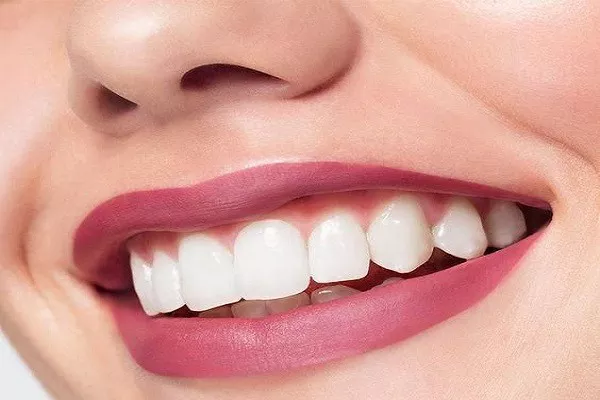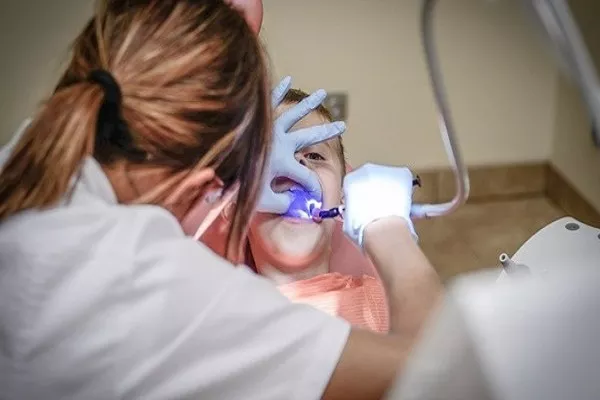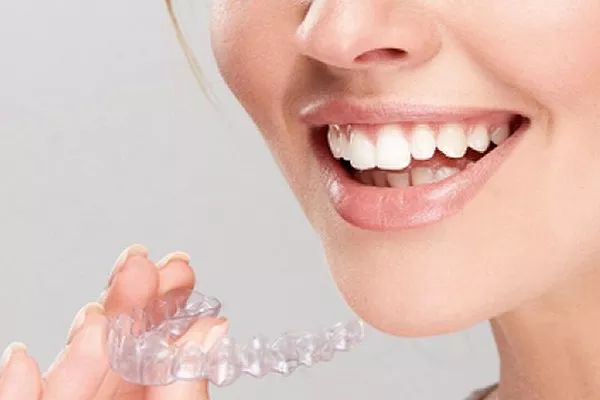In the realm of oral health, prevention is undeniably superior to cure, and understanding the early stages of gum disease, such as Stage 1 Gingivitis, is pivotal to maintaining a radiant smile. This comprehensive guide will delve into the essential aspects of what Stage 1 Gingivitis looks like, its causes, and practical prevention measures. By the end of this article, you’ll have the knowledge needed to protect your gums and maintain optimal oral health.
1. What is Stage 1 Gingivitis?
Stage 1 Gingivitis, also known as mild gum disease, is the earliest phase of gum disease, characterized by inflammation of the gum tissue. It often goes unnoticed due to its mild symptoms. This initial stage is reversible with proper care and hygiene practices.
2. Symptoms of Stage 1 Gingivitis:
Identifying the symptoms of Stage 1 Gingivitis is crucial in its early management. It’s essential to be vigilant and recognize these early signs:
a. Gums that bleed when you brush or floss: One of the most common indicators is blood on your toothbrush or dental floss after brushing or flossing.
b. Red, swollen, or tender gums: Healthy gums should be pink, firm, and painless. In Stage 1 Gingivitis, they become red, swollen, and sensitive to touch.
c. Persistent bad breath: Gingivitis can lead to foul-smelling breath, also known as halitosis.
d. Receding gumline: As gum disease progresses, the gumline may start to recede, leading to exposure of the tooth‘s roots.
e. Gums that pull away from the teeth: Healthy gums fit snugly around the teeth. In Stage 1 Gingivitis, the gums may begin to pull away, forming pockets.
3. Causes of Stage 1 Gingivitis:
Understanding the root causes of Stage 1 Gingivitis is vital for effective prevention. The primary culprits include:
a. Poor oral hygiene: Inadequate brushing and flossing allow plaque, a sticky film of bacteria, to accumulate on teeth, which can irritate the gums.
b. Tobacco use: Smoking or using other tobacco products increases the risk of gum disease.
c. Uncontrolled diabetes: High blood sugar levels can impair the body’s ability to fight infections, including gum infections.
d. Hormonal changes: Hormonal fluctuations, such as those during pregnancy or menstruation, can make gums more susceptible to gingivitis.
e. Medications: Certain medications, like anticonvulsants and calcium channel blockers, may affect gum health.
4. How to Prevent Stage 1 Gingivitis:
Preventing Stage 1 Gingivitis is a matter of maintaining excellent oral hygiene and making healthy lifestyle choices. Here are key practices to keep your gums in top shape:
a. Regular brushing and flossing: Brush your teeth at least twice a day and floss daily to remove plaque and food particles.
b. Routine dental check-ups: Visiting your dentist regularly allows for early detection and treatment of gum disease.
c. Healthy diet: Consume a balanced diet rich in fruits and vegetables and low in sugary snacks.
d. Smoking cessation: If you smoke, quitting will significantly reduce your risk of gingivitis and other dental problems.
e. Stress management: High stress levels can weaken the immune system, making you more susceptible to gum infections. Explore stress-reduction techniques like meditation and exercise.
5. Importance of Early Intervention:
The significance of recognizing and addressing Stage 1 Gingivitis early cannot be overstated. Without prompt intervention, it can progress to more severe forms of gum disease, potentially leading to tooth loss. Furthermore, recent studies have highlighted a potential link between gum disease and other health conditions, such as heart disease and diabetes. This underscores the importance of maintaining gum health as a part of your overall well-being.
6. Conclusion:
In summary, Stage 1 Gingivitis may be the initial phase of gum disease, but it’s also the stage where you can make a real difference in your oral health. By understanding the symptoms, causes, and preventative measures, you can effectively combat this common condition and maintain a vibrant smile. Remember that regular dental check-ups, diligent oral care, and a healthy lifestyle are your best allies in preventing and treating Stage 1 Gingivitis. Prioritize your gums, and they’ll thank you with a lifetime of radiant health.
Related Links:
Why bleeding gums during pregnancy?
Is gingivitis a bacterial infection?
How is gingivitis transmitted?
































